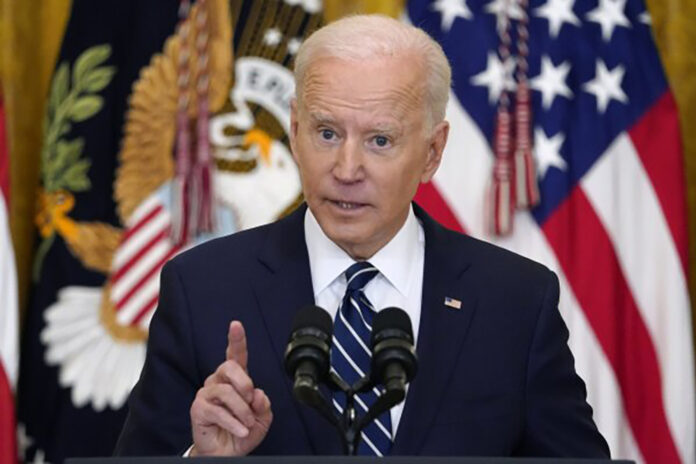Donald Trump Reunites with Benjamin Netanyahu at Mar-a-Lago: A Moment of Warmth Amidst Political Turmoil
Edited by: Fern Sidman
Former President Donald Trump welcomed Israeli Prime Minister Benjamin Netanyahu to Mar-a-Lago on Friday afternoon with a warm and emotional greeting. According to a report by The New York Post, the meeting marked a significant moment, not only in the rekindling of their personal relationship but also in the broader context of U.S.-Israel relations.
Trump, 78, greeted the Netanyahus with open arms, saying, “Come on in, nice to see you.” He kissed Sara Netanyahu on both cheeks and embraced Prime Minister Netanyahu with a firm handshake, as was reported by The Post. “The greatest dinner I ever had,” Trump remarked to Netanyahu, reflecting on the deeper personal bond they share.
The warmth of the greeting underscored a sense of personal camaraderie that had once defined their relationship during Trump’s presidency.
Inside Mar-a-Lago, Trump shared a personal and somber moment, showing Netanyahu the bullet wound on his ear from an assassination attempt in Butler, Pennsylvania, on July 14. The Post report indicated that the former president, who survived the attempt and wore a bandage covering his ear, recounted the incident with a mix of gravity and resilience.
This meeting was a stark contrast to the strain in their relationship following Netanyahu’s congratulatory message to President Biden after the 2020 election. The report in The Post noted that at the time, Trump had expressed his displeasure with Netanyahu in no uncertain terms, declaring, “I haven’t spoken to him since.”
Despite the past tension, the relationship between Trump and Netanyahu has been thawing. Netanyahu, in his recent Congressional speech, specifically praised Trump for his role in brokering the historic Abraham Accords, which normalized relations between Israel and several Arab nations. As per the information in The Post report, Netanyahu’s speech also highlighted his gratitude for Trump’s support of Israel and condemned the assassination attempt on Trump as a “dastardly attack on American democracy.”
“I want to thank President Trump for his leadership in brokering the historic Abraham Accords. Like Americans, Israelis were relieved that President Trump emerged safe and sound from that dastardly attack on him. There is no room for political violence in democracies,” Netanyahu said, reinforcing the strong ties between the two leaders and their shared values.
During the Mar-a-Lago meeting, Trump did not shy away from making bold statements about the current state of international relations. He criticized the Biden administration’s handling of global politics, particularly in the Middle East, warning of potential major conflicts if competent leadership is not restored. “If we don’t, you’re going to end up with major wars in the Middle East and maybe a Third World War. You are closer to a Third World War right now than at any time since the Second World War. You’ve never been so close because you have incompetent people running our country,” Trump asserted, as was reported by The Post.
Trump also expressed confidence that if he were to win another term in office, “it’s all going to work out and very quickly.” Indicated in The Post report was that he warned of dire consequences if competent leadership is not restored, suggesting that the world is on the brink of significant conflict.
“If we don’t, you’re going to end up with major wars in the Middle East and maybe a Third World War. You are closer to a Third World War right now than at any time since the Second World War. You’ve never been so close because you have incompetent people running our country,” Trump told the press, emphasizing the stakes of the upcoming election and his perspective on the current administration, as was detailed in The Post report.
The meeting at Mar-a-Lago was a blend of personal reconciliation and political dialogue, reflecting both the personal bond and the geopolitical stakes involved. For Trump and Netanyahu, it was a moment to reaffirm their alliance and shared commitment to their nations’ security and prosperity.
As Trump continues to navigate his post-presidency life and potential future political ambitions, his relationship with key international figures such as Netanyahu remains a crucial element of his strategy.
Prime Minister Benjamin Netanyahu’s recent visit to the United States has highlighted significant diplomatic tensions and political undercurrents. Arriving in Washington on Monday, Netanyahu was notably not greeted by President Joe Biden or Vice President Kamala Harris. This omission set a contentious tone for the visit, highlighted by the absence of both leaders at Netanyahu’s Congressional speech the following day. As per the Post report, the speech itself was marred by protests outside the Capitol building near Union Station, where anti-Israel demonstrators burned American flags and declared their support for Hamas.
The diplomatic cold shoulder continued until Thursday, when Biden and Harris finally met with Netanyahu at the White House. President Biden, 81, took a pragmatic approach, expressing his desire for Israel to negotiate a deal with Hamas to release hostages and achieve a ceasefire “as soon as possible.” However, The Post report noted that Biden’s greeting to Netanyahu was starkly devoid of any cordial remarks. “Welcome back, Mr. Prime Minister, we got a lot to talk about, I think we should get to it — the floor is yours,” Biden said, shaking Netanyahu’s hand without the usual pleasantries.
Vice President Harris, who had skipped Netanyahu’s Congressional speech to attend an event with her sorority, took a more critical stance in her meeting with the Israeli leader. As the presumptive Democratic nominee for the upcoming presidential election, Harris did not shy away from condemning Israel’s actions in the Gaza Strip, according to The Post report.
“What has happened in Gaza over the past nine months is devastating — the images of dead children and desperate, hungry people fleeing for safety, sometimes displaced for the second, third, or fourth time,” Harris stated, as was reported by The Post. “We cannot look away in the face of these tragedies. We cannot allow ourselves to become numb to the suffering and I will not be silent.” Despite her critical tone, Harris reaffirmed her “unwavering” support for Israel, illustrating the complex balance she seeks to maintain between addressing humanitarian issues and supporting a key U.S. ally.


















